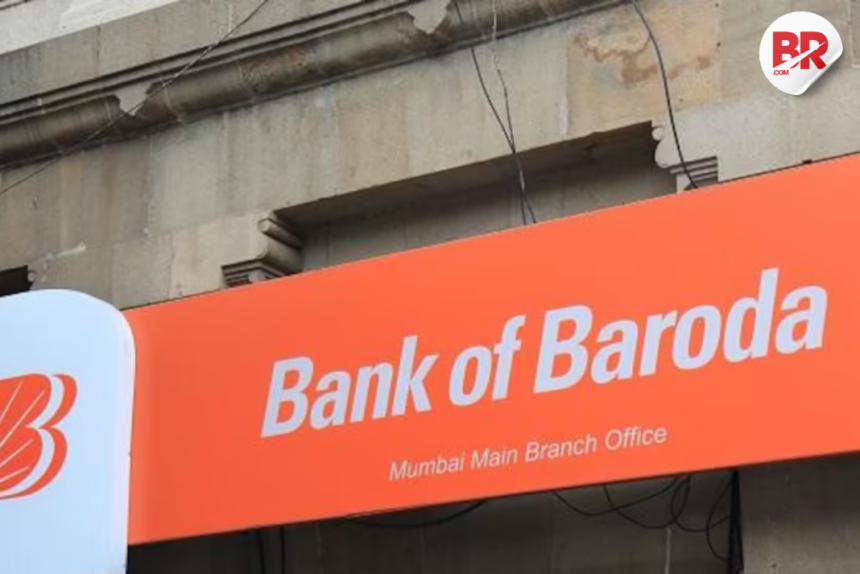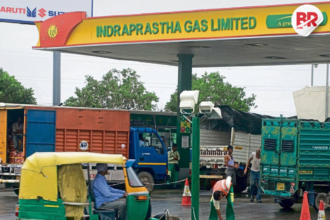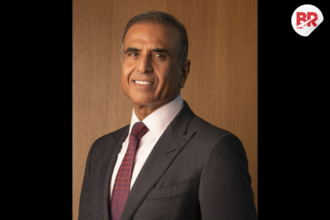
Bank of Baroda (BoB) is taking a bold step. Under CEO Debadatta Chand, the public sector bank is eyeing rapid expansion in high-yield loans—personal loans, loans against property (LAP), auto loans, and more. It’s a clear shift toward higher risk, higher reward lending.
For the average borrower, this might sound like just another financial headline. But read between the lines, and it’s about you—yes, you trying to get a personal loan approved with less paperwork and more flexibility. This could mean more doors opening, especially for those traditionally locked out of India’s banking system.

What Are High-Yield Loans Anyway?
High-yield loans are loans given to borrowers with less-than-perfect credit or uncertain income. In return for taking on that risk, banks charge higher interest rates. It’s a gamble—but if managed well, it’s a profitable one.
In the Indian context, these loans fall into categories like:
- Personal Loans (unsecured, fast cash for anything from weddings to emergencies),
- Loan Against Property (LAP) (you pledge property, they lend cash),
- Non-mortgage retail loans, and
- Auto Loans.
According to Chand, there’s untapped potential here—and BoB is ready to mine it.
Also Read Ceasefire Wins: How India’s Markets Took Off While Pakistan Stood Still
Why the Shift in Strategy?
Let’s call it what it is: banks are tired of playing it too safe.
BoB wants a bigger slice of the profit pie. High-yield loans typically offer better margins. In a world where banks are squeezed by fintechs, regulation, and tight spreads, this is a way to fight back.
But it’s not just about money. It’s also about market reach. India has millions of credit-worthy individuals and small businesses who don’t fit the “prime borrower” mold. For them, BoB’s move could be a financial lifeline.
And yes—there’s a method to the madness. The bank claims it has upgraded its risk assessment tools, implying it can now distinguish between a good risk and a ticking time bomb. That’s reassuring… kind of.
As Chand told The Hindu BusinessLine, BoB is confident in its ability to manage the “credit cost” of these segments, citing robust internal systems.
What’s in It for Borrowers?
Plenty—if it’s done right.
Here’s how BoB’s high-yield pivot could impact you:
- Easier Access to Loans: If you’ve been turned down before due to poor credit history or lack of formal income proof, your chances just went up.
- More Options: LAPs and personal loans could become easier to get, with a wider array of products and more flexible terms.
- But… Higher Interest: Let’s not pretend this is charity. High-yield means high interest. Compare rates. Read the fine print.
In short, it’s “Buy now, pay more later.”
Also Read Ceinsys Tech Secures ₹5.5 Cr MMRDA Contract; Shares Surge 5% in Market Rally!
The Real Risk
Of course, there’s a downside. High-yield lending is famously volatile. If too many borrowers default, it could shake the bank’s balance sheet. And as we’ve seen in the past, public sector banks tend to underestimate risk—until it explodes.
This isn’t just a business story—it’s a test. Can a state-run bank pull off a strategy that even private players approach cautiously? Or will this be another “ambitious push” followed by a bailout and a shrug?
Bank of Baroda is doing what many big banks don’t dare: leaning into high-yield lending as a growth engine. It’s risky. It’s bold. And if it works, it could reshape retail lending in India.
But if it fails?
Well, let’s just say the taxpayer knows the drill.
Also Read Eveready Q4 Results: Shares Rise 2.44% as Profit Jumps 29% YoY to ₹10.42 Cr..












